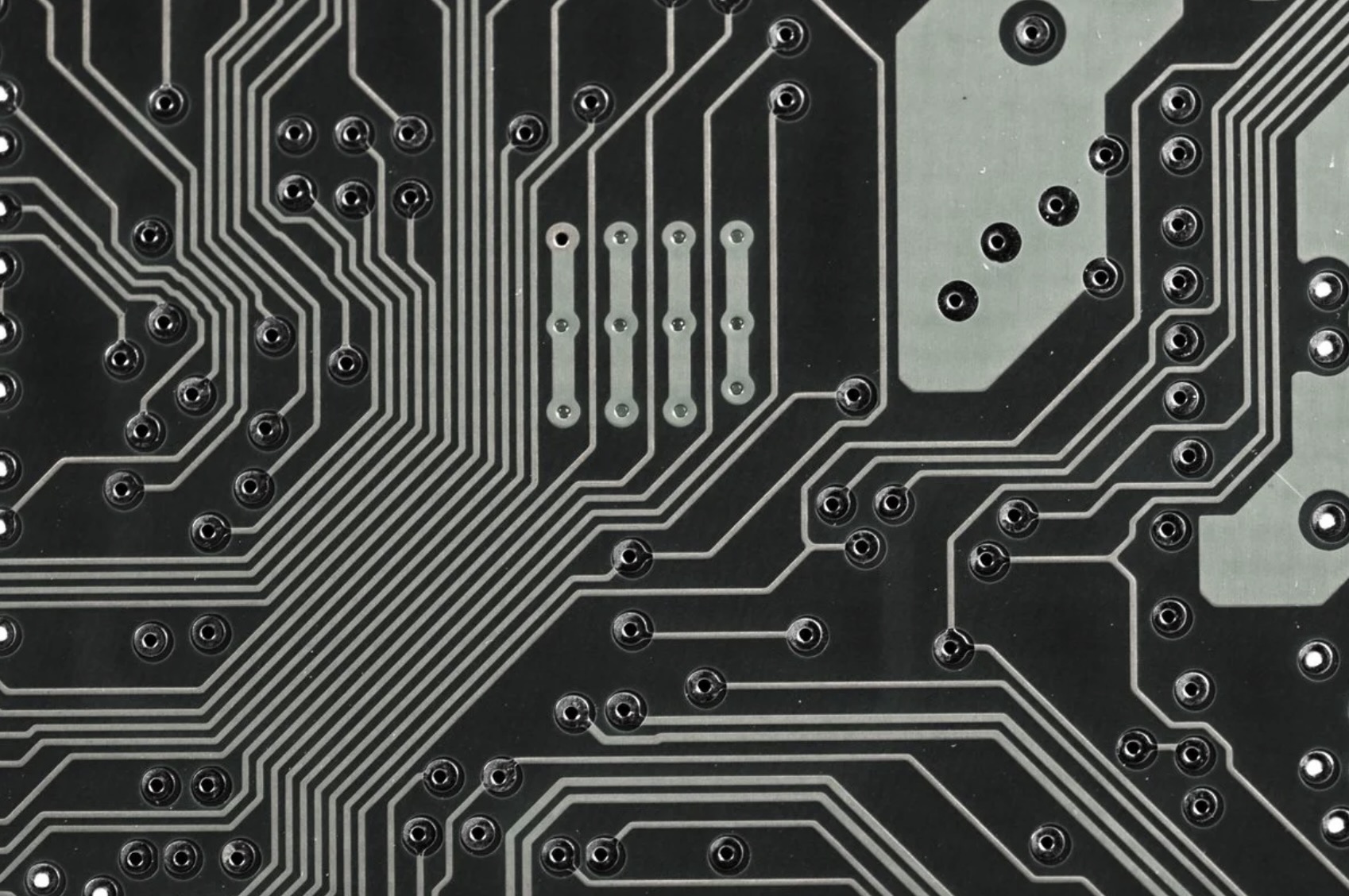Have a story idea
Have a story idea? Send it to us here.

Source : rawpixel
August 21, 2025
Author : Patty Allen
Artificial intelligence and digital twin technology are quickly becoming a vital resource for protecting infrastructure from the anticipated increase in natural disasters. A study by Deloitte found that these technologies could potentially lower infrastructure loss by as much as 15 percent across the world, representing a savings of $70 billion annually by the year 2050.
Digital twins, virtual representations of real-world infrastructure, can assist agencies in simulating disaster scenarios, understanding maintenance, and identifying weaknesses and failures prior to losing them.
As reported by Sustainability Magazine, the ability to model infrastructure as a digital twin provides decision-makers with critical situational data that can lead to faster recovery and minimize outage time.
This approach is being applied to transport systems as well. AI tools are now being used to track pavement conditions, project traffic disruptions, and plan preventive maintenance so systems can reduce costs and downtime. Such technology will aid in building smarter, more resilient cities both locally and globally. Industry analysts also cite the possibility of AI systems working alongside autonomous construction machinery and improving the timelines for repairs and upgrades post-disaster events.
It’s likely to be adopted even more in the future, as disaster-related losses are already significantly rising, averaging nearly $200 billion each year. And if global warming goes unchecked, losses could soar to $460 billion by mid-century. This information is not meant to scare people; rather, it shows the need for AI systems with predictive capabilities to help manage their impacts on our infrastructure so we can better identify vulnerabilities earlier and aid in the long-term planning of our infrastructure.
For the rural and smaller communities, these tools could be particularly beneficial by providing higher-order risk detection without the necessity of producing large-scale inspection teams in the field.
While experts warn that its expense, regulatory challenges, and requirement for substantial data integration are all hurdles to its mass adoption, working together in collaborations with public agencies, private insurers, and technology providers is seen as a necessity to amplify these capabilities.
This action is in keeping with larger ongoing infrastructure efforts in the U.S., including the top ten infrastructure projects in America reported in an earlier report and AI-based resilience measures that could mitigate the scale of damage from climate risks, like the catastrophic wildfires in Los Angeles, resulting in faster rebuilding and cheaper restoration.
Given the rapidly increasing climate risks, AI and digital twins are no longer optional innovations; they have become an integral part of how governments and contractors respond to, plan for, protect, and maintain critical infrastructure.
Category : Market Watch Tech
